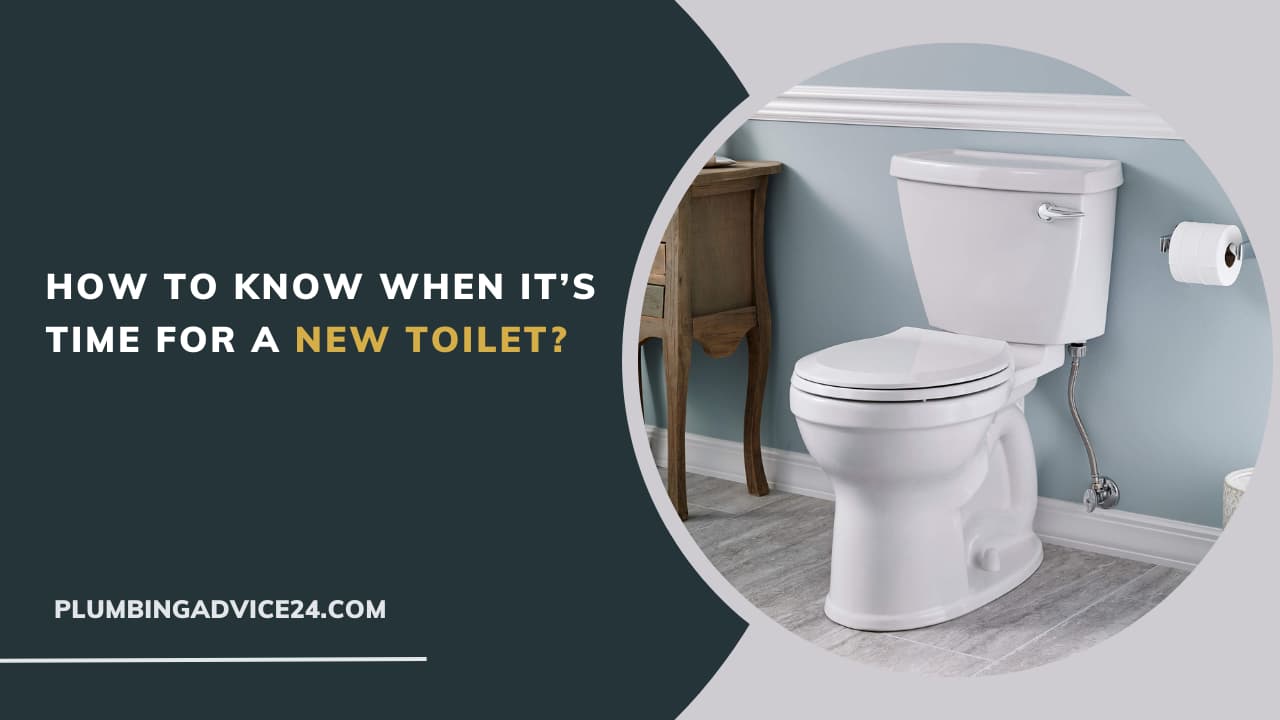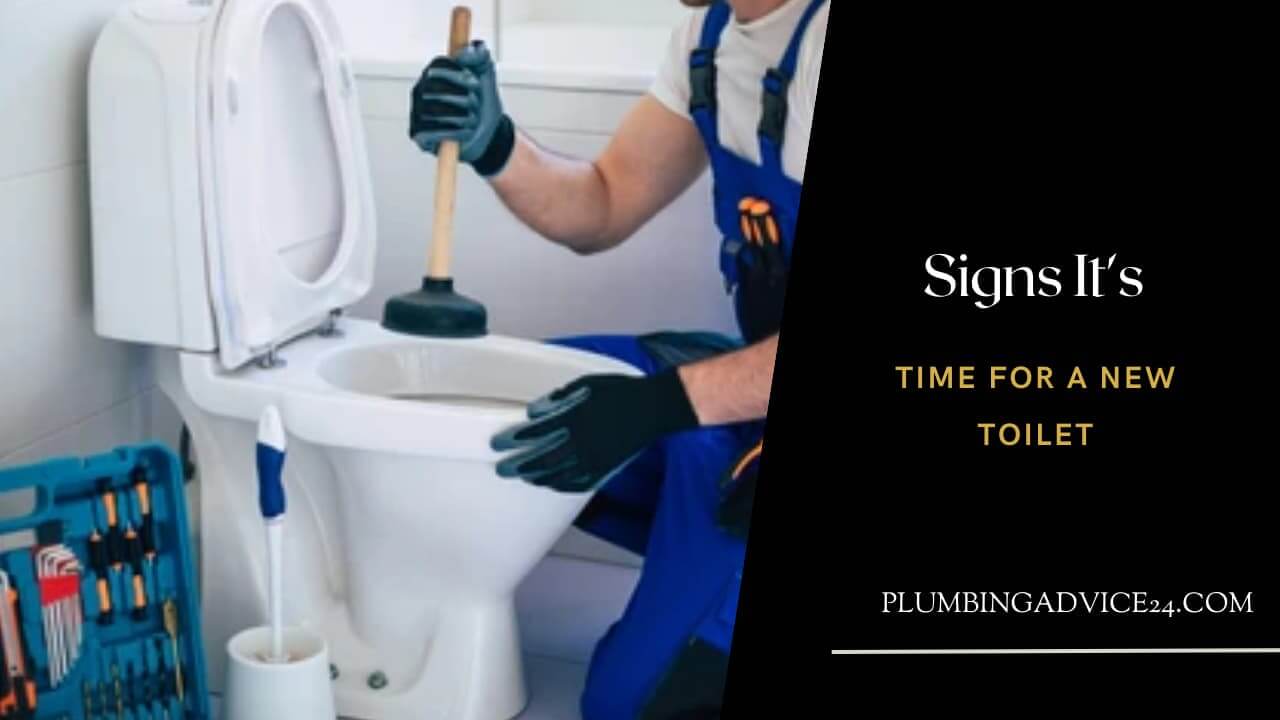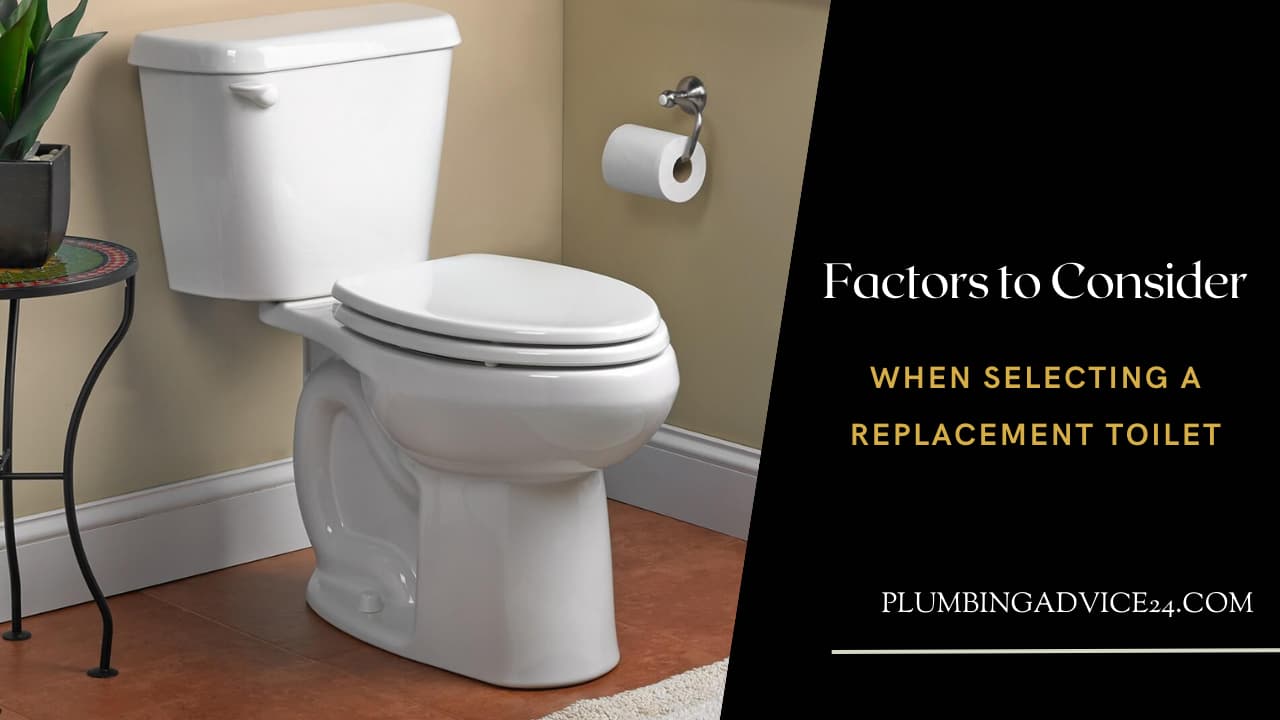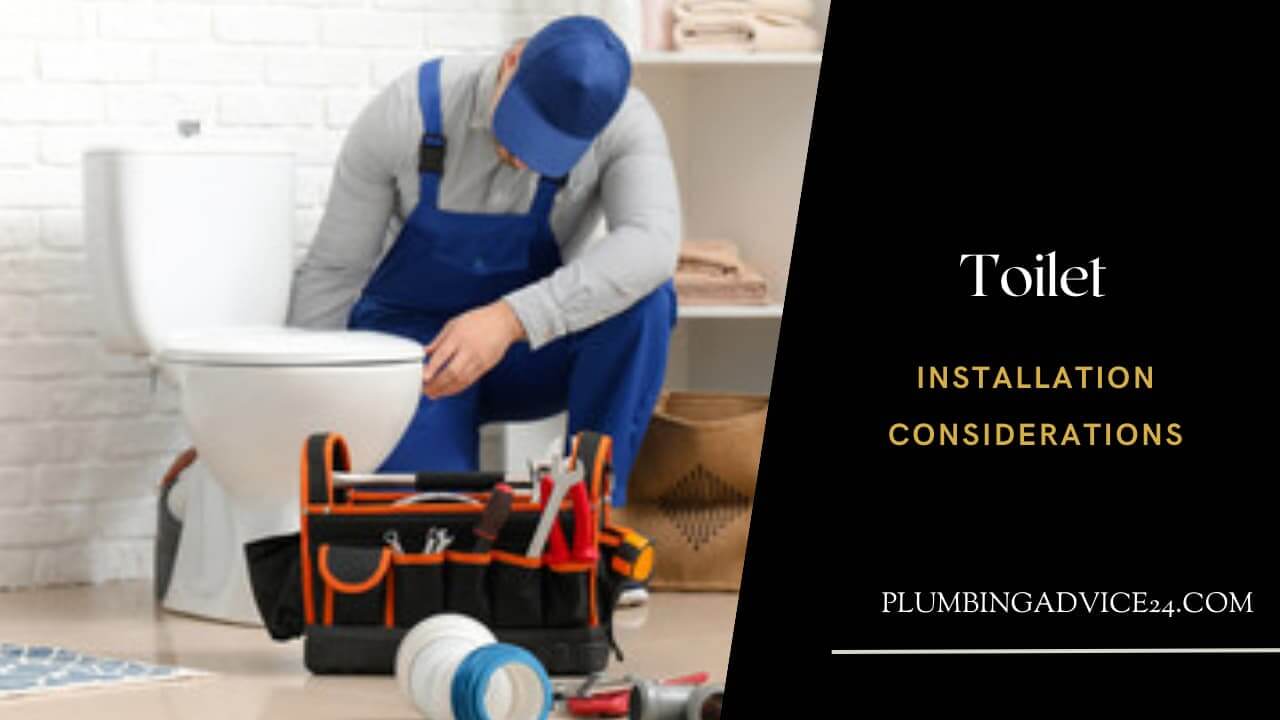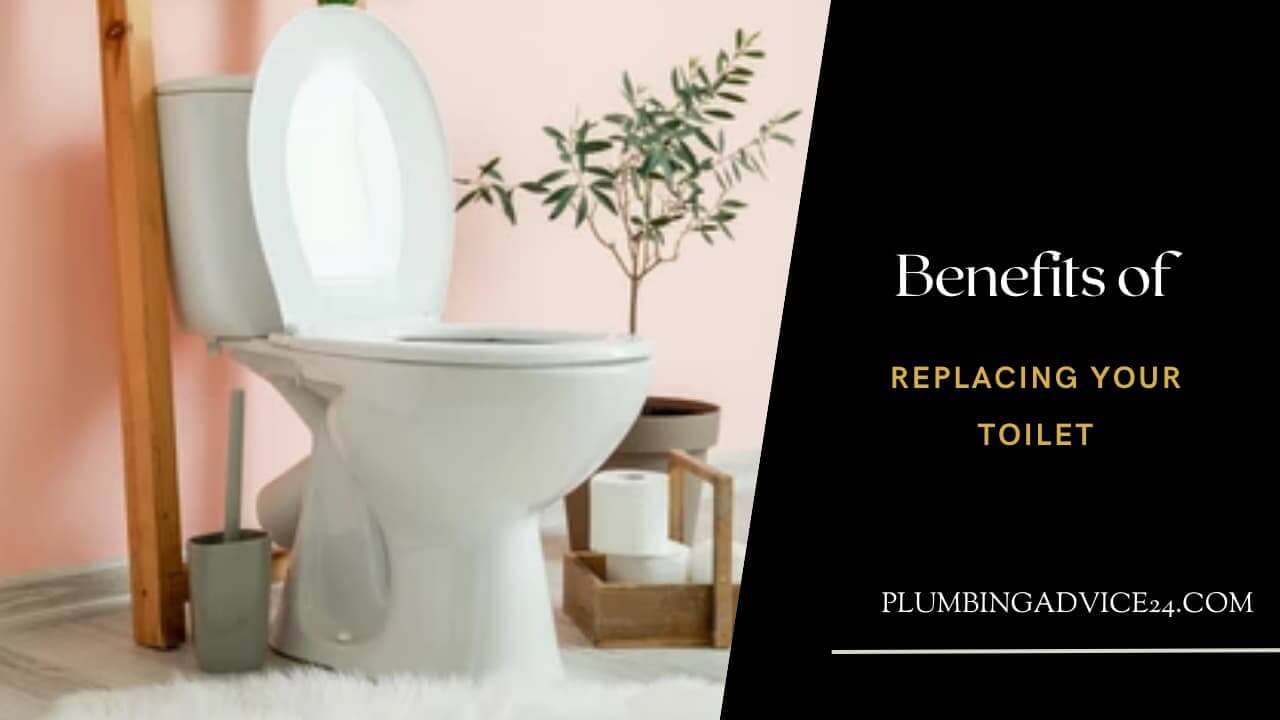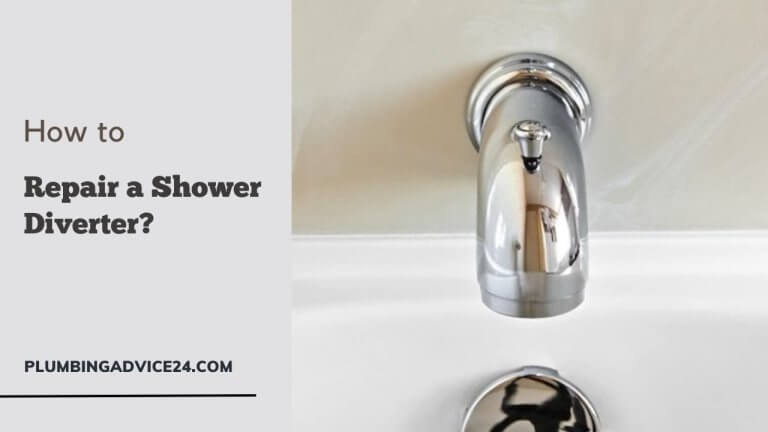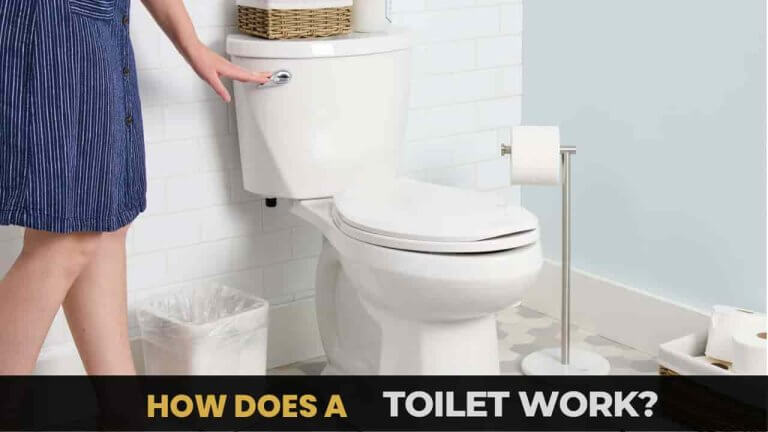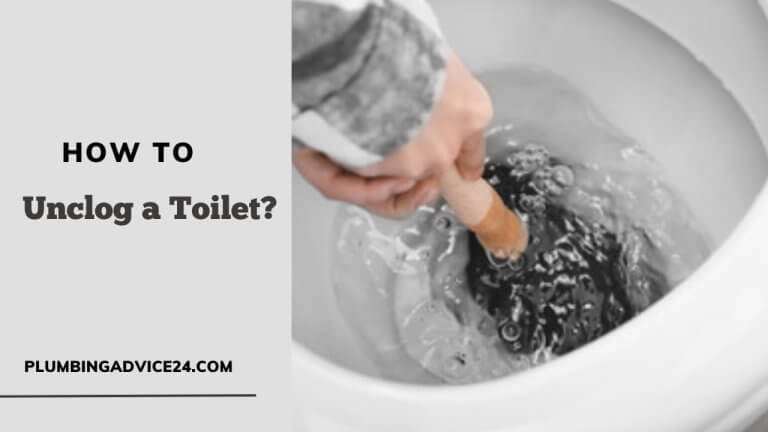How to Know When It’s Time for a New Toilet?
The toilet is one of the most crucial fixtures in any bathroom. This is done so that garbage may be dumped in that area. Maintaining it in excellent working order is vital since it’s used often throughout the day. Like any other part of your house, your toilet will ultimately need to be replaced since it will become obsolete or worn out. This kind of lavatory is commonplace in both households and public buildings. This article will discuss the signs that it’s time to replace your toilet and some things to keep in mind while perusing the numerous models now available. We’ll also review some factors you should consider before settling on a toilet model.
Signs It’s Time for a New Toilet
Here are some of the most noticeable indications that your toilet needs servicing. It may take little effort to recognize any of these indicators. Some of the most often reported signs and symptoms include the following:
Frequent Clogs:
Consider replacing your toilet if you have to plunge it regularly. You should replace your bathroom if you find yourself dropping it often. Get new toilet setups if you find yourself constantly using the plunger. Unfortunately, older low-flow toilets are more prone to becoming blocked than modern models.
The bright side is that solutions exist for the vast majority of issues. Consider replacing your toilet if plunging it more than once a week is necessary. It would help if you prepared yourself to accomplish this.
Cracks or Leaks:
A leaky toilet may be identified by the appearance of water gathering around its base or by discovering fractures in the porcelain. There’s likely a leak within the toilet if water is pooling at the bottom. You should replace your toilet immediately if you see any of these symptoms. It would help if you did something right away.
Age of Your Toilet:
Just like the lifespan of any other appliance or fixture in your house, the useful life of a toilet may be estimated. A new toilet may be in order if the current one in your bathroom is older than 15 years. Because of the increased water use of older toilets, your monthly water bill will likely increase.
In addition, older toilets have a higher failure rate and a greater propensity for leaking, clogging, and other problems. If so, upgrading to a more contemporary bathroom may be time.
Constant Repairs:
Consider replacing your toilet if you find yourself constantly repairing it. This is crucial if you have experience fixing toilets and know you must do it often. In the long run, purchasing a new toilet may be less expensive than attempting repairs on the current one. These two scenarios are possible.
Appearance:
It is time to consider replacing your toilet if it is ancient, unsightly, or in poor condition. The investment may be worthwhile.
Related Post : How to Remove Rust Stains from a Toilet
Factors to Consider When Selecting a Replacement Toilet
Choosing a replacement toilet can be difficult, but you can make it easier by keeping a few things in mind. It is important to make sure that it suits your needs and budget. Here we have given the factors to consider while choosing a replacement toilet, which will help you choose the right replacement toilet:
Bowl Shape:
Bowls for flushing toilets are typically either spherical or longer than they are broad. Bowls tend to be round. Round bowls are more space-efficient than their square counterparts, making them ideal for small bathrooms. Bowls extended out to one side take up more room than their circular counterparts because of their length.
Height of Toilet:
Another aspect of bathroom design to remember is the toilet’s seat height. Standard toilets are 15 inches tall, although “comfort height” models that are 17 inches tall are also available. The typical size of a toilet is 15 inches. The standard height for a toilet, in most minds, is 15 inches.
It’s recommended that those with mobility issues invest in a toilet that can be adjusted to a “comfort height.” Because of this, they will have an easier time both sitting on and rising from the toilet.
Flushing System:
Most contemporary toilets rely on gravity to operate the flushing mechanism, making this an efficient and dependable option. Since gravity is a constant force, this is indeed the case. However, cleaning technologies, such as pressure-assisted and vacuum-assisted systems, may help prevent jams from occurring since they are more effective than conventional approaches.
Water Usage:
The way water is used is also crucial and should be analyzed. Another critical factor to consider is how to put that water best to use. Low-flow toilets only use a few ounces of water every flush, but standard toilets require roughly 1.6 gallons. The typical toilet flush uses approximately 1.6 liters of water. People who wash less often might save money if they use these toilets.
Brand and Price:
Last but not least, decide how much you’re willing to spend and which toilet brand you want. Consider the price of the restroom in addition to the name. American Standard, Toto, and Kohler are just a handful of the well-known brands available to consumers. However, there are many options for clients to choose from regarding names. For reliable service and high-quality goods, deal with a reputable manufacturer.
The budget is an essential consideration. The toilet cost may vary from far under $100 to well over $3000. depending on the model, finish, and the number of additional amenities. On average, a new toilet will typically save potentially up to 20 percent. It’s conceivable that the choice with the lowest overall cost is not the best, even though doing so would be attractive.
Remember that a toilet is an investment that will see heavy usage for many years. It’s only sometimes wise to go with the one that has the lowest overall price tag. You must do this if you want your bathroom to last a long time and function well.
Related Post : How to Unclog a Toilet : 5 Easy Ways
Installation Considerations
Installing a toilet can be a DIY project for those with some basic plumbing knowledge, but it’s important to make sure the installation is done correctly to prevent any future problems. Improper installation can lead to leaks, water damage, and other problems. Here are some things to consider when installing a toilet:
Hiring a Professional:
Leaks and other issues may have resulted from a poorly executed repair. Your best bet for plumbing issues is to contact a professional.
Measuring the Space:
The new toilet won’t be able to be installed in the same spot as the previous one. It’s also feasible that this will occur. Before beginning, ensure you have accurate dimensions of the area where the new toilet will go. Doing so will aid in issue prevention.
Upgrading to a Comfort Height Toilet:
A new wax ring and lip attached to the container will probably require a reliable seal. This is doable to fashion a suitable cover.
Related Post : How to Properly Set Your Toilet Flange Height
Benefits of Replacing Your Toilet
Replacing your toilet can have many benefits that can improve your daily life, save you money and increase the value of your home. Here are some common benefits:
1. Save Money on Water Bills:
The design of today’s toilets allows them to function correctly while using far less water than their predecessors.
2. Reduce Environmental Impact:
If you use less water and don’t alter it as much, you can make a difference in the planet.
3. Improved Functionality and Appearance:
A new toilet installed in a bathroom may improve its functionality, aesthetics, and overall quality of life. The kind of toilet you choose to install might affect all three of these.
Conclusion:-
A toilet is an integral component of any lavatory. Knowing when your current one has to be replaced is also vital. Toilets that constantly become clogged or leak, are ancient, need annual maintenance, or have an outdated design should be replaced. Finally, consider fitting; if you need to, consult an expert to ensure a successful outcome.
Related Post : How to Raise Water Level in Toilet Bowl
How to Tell If It’s Time for a New Toilet?
If your toilet clogs frequently, shows cracks or leaks, is old, requires constant repair, and has deteriorated in appearance, it is a sign that it is time for a new toilet.
What Is the Average Lifespan of a Toilet?
The lifespan of a toilet can vary depending on various factors, such as usage, maintenance, and quality of the toilet. On average, a well-maintained toilet can last about 50 years or more.
How to Choose a New Toilet?
Factors to consider when choosing a new toilet include the shape of the bowl, its height, the flushing system, how much water it will use, the brand of the toilet, and the price.
Can I Install a Toilet Myself?
Yes, you can install the toilet yourself. Installing a toilet can be a DIY project for those with some basic plumbing knowledge, but it’s important to make sure the installation is done correctly to prevent any future problems. Improper installation can lead to leaks, water damage, and other problems.
What Is the Height of a Standard Toilet?
Standard toilets are 15 inches tall, although “comfort height” models that are 17 inches tall are also available. Because of this, they will have an easier time both sitting on and rising from the toilet.
If You Liked This Post? So Share It with Your Friends
Suggested Articles:
